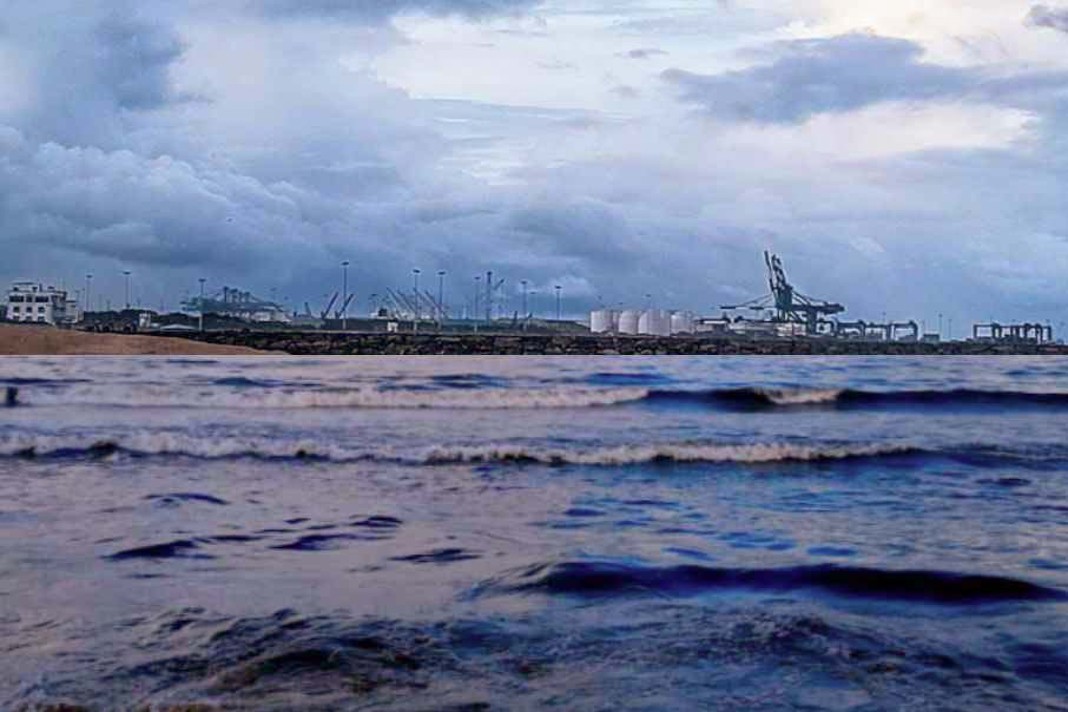- 37 blank sailings were announced across major East-West trade routes, representing 5% of scheduled sailings from mid-August to late September
- The majority of cancellations (70%) occur on Transpacific Eastbound routes, with fewer on Transatlantic Westbound and Asia-North Europe/Med routes
- The Alliance leads with 10 cancellations, followed by OCEAN Alliance and 2M
Between mid-August and late September, 37 blank sailings have been announced across the major East-West trade routes, accounting for 5% of the 696 scheduled sailings. The Transpacific Eastbound routes are most affected, with 70% cancellations. Despite this, schedule reliability is improving, with 95% of ships expected to sail as planned. This reduction in blank sailings suggests a stabilization in shipping rates, which is already evident as the Drewry WCI Composite Index shows a 7% decline since late July. However, potential disruptions at US ports due to labor negotiations could introduce new challenges, reports Drewry.
Reduced Blank Sailings Signal Rate Stabilization
The global shipping industry is significantly reducing blank sailings across the major East-West head haul trade routes, including Transpacific, Transatlantic, and Asia-North Europe & Med. From week 34 (19 Aug-25 Aug) to week 38 (16 Sep-22 Sep), 37 blank sailings have been announced, representing just 5% of the 696 scheduled sailings. This marks a considerable decrease from the 105 blank sailings reported in weeks 29-33, indicating a potential stabilization of shipping rates.
The Transpacific Eastbound trade is particularly affected, with 70% of the cancellations occurring on these routes. In contrast, 22% of the blank sailings are on the Transatlantic Westbound trade, while only 8% are on the Asia-North Europe and Med routes. This distribution highlights the continued volatility in Transpacific trade, where demand fluctuations are more pronounced.
Among the shipping alliances, THE Alliance has announced the most cancellations, with 10 blank sailings over the next five weeks. OCEAN Alliance and 2M have announced 5 and 3 cancellations, respectively. Additionally, 17 blank sailings have been implemented by non-Alliance services. Despite these cancellations, schedule reliability is on the rise, with 95% of ships expected to sail as scheduled. Notably, 2M and Ocean Alliance are projected to achieve reliability rates of 98% and 97%, respectively.
The reduction in blank sailings is already influencing shipping rates, which are showing signs of stabilization. The Drewry WCI Composite Index, a key indicator of global shipping rates, dropped 2% week-over-week to $5,428 on 14 August, marking a 7% decline since the end of July. Rates on the Transpacific and Asia-North Europe/Med routes also decreased by 2%, while Transatlantic rates remained unchanged. This trend reflects the current balance between supply and demand, with a potential further decline in rates expected as blank sailings decrease.
While the reduction in blank sailings is a positive sign for the industry, potential disruptions at US ports could offset these gains. The International Longshoremen’s Association (ILA) is currently in negotiations with the USMX over wage increases, job security, and automation. If these negotiations fail, industrial action could disrupt port operations, adding another layer of complexity to an already volatile supply chain.
Did you subscribe to our daily Newsletter?
It’s Free! Click here to Subscribe
Source: Drewry
























